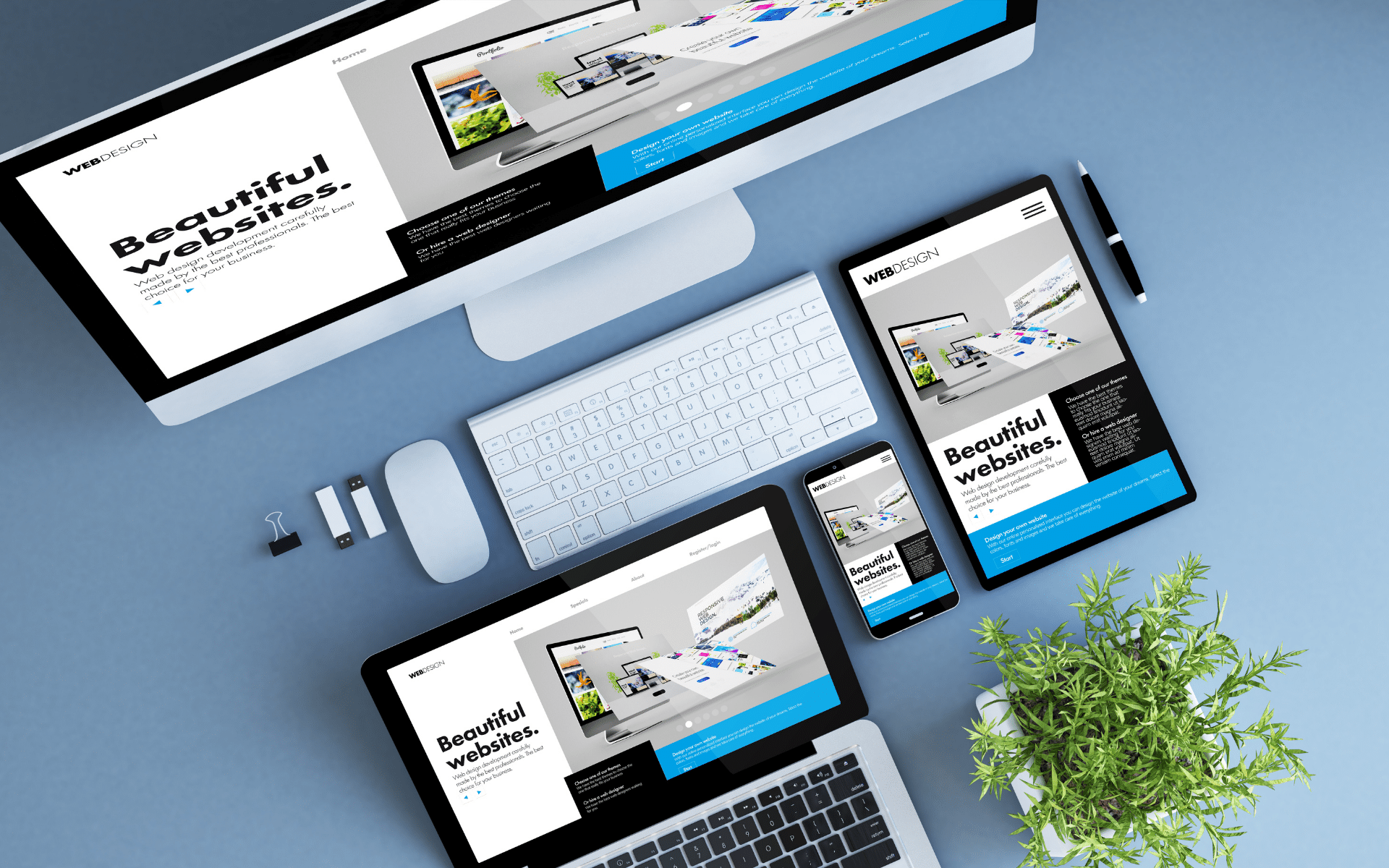7 Website Navigation Tips To Provide A Smooth User Experience

Comments are closed.

A decent client experience (UX) and a simple site route are two of individuals’ most widely recognized assumptions while visiting a site. Nonetheless, not all areas follow through on these assumptions!
Your guest’s experience is straightforwardly connected to your site’s route.
Change, incomes, and skip rates are straightforwardly affected by the site’s navigational plan and progressive system.
A client will invest more energy on your site, provided your route is essential and fascinating.

A site’s route is an assortment of UI (UI) components that assists the guests with tracking down pages and content on the site.
The crucial objective of your site’s route is to make it as straightforward as workable for your guests to find the substance they’re searching for.
A solid client experience (UX) eliminates whatever several road obstructions would be prudent, so the guests don’t get lost sorting out some way to see the substance.
Did you know that your site’s route can assist with looking through motors to find and record the new satisfaction on your site?
Utilizing joins on a page fortifies SEO (site improvement) since it permits the web crawlers to study a page’s substance and setting.
The plan of your site ought to be with the end goal that your guests can find the substance without any problem. Utilize these tips to work on the UX on any site.
Focusing on your site’s insight for versatile clients is fundamental.
Portable records for about a portion of the internet-based traffic all around the world.
Thus, you must advance your site for cell phones and other showcase sizes.
While perusing on a little screen, ensure the text is something like 16 pixels wide. What’s more, connections ought to be gotten to by a straightforward touch, similar to buttons.
A few sites’ home pages highlight many connections.
Allow me to let you know something: That isn’t good.
Restricting the number of connections in your essential menu helps web crawlers and guests.
Decreasing the number of route choices improves a site’s capacity to direct clients to their expected objective.
To make your site more straightforward, you ought to utilize a primary menu with several levels.
A phenomenal route methodology for content-weighty destinations is carrying out a custom inquiry bar.
This instrument can assist clients with finding what they need effectively and quickly.
An inquiry bar is significant for guests, especially those with less experience scrutinizing the web.
For the place of your hunt bar, it is wise to keep it close to your menu.
Very much like your route menu, it might stay fixed in its situation as guests look down your site to empower straightforward admittance to your site’s substance.
The more exact and unambiguous your naming, the better it is for clients.
Regardless of whether you utilize a similar language inside, use route names that seem OK to clients.
Try not to utilize phrases like “Administrations” or “Recordings” as route marks. Guests should comprehend where they need to snap to get the data they are searching for.
Additionally, it might do well in web crawler rankings.
Involving the right language in menu route is fundamental.
Because of such a lot of rivalry on the web, frequently, we attempt to be smart with our copywriting. In any case, this could have the accidental impact of darkening the message.
Remembering your clients and how they might see and fathom the messages is essential.
Accordingly, utilizing the words they will comprehend.
A far-reaching page might be fundamental on the off chance that your drop-down menu choices are excessively confounded, new, or giant. Drop-down menus are an aggravation, and you’ll need to surrender critical data to fit everything in.
A packed drop-down menu ought to stay away.
Pecking orders can be made utilizing plan procedures to limit the jumbling and over-burdening of data.
Focus on the text style and ensure every classification and subcategory sticks out.
The extra space encompassing every thing can likewise be utilized to have the effect clear to the guests.
A drop-down menu might be an ideal way to coordinate everything if you have a ton of content on your site.
Floating over a thing on your menu will give a drop-down menu of subcategories from which clients might pick.
Lessen the quantity of classifications on your menu to six or seven. It will assist shoppers with acclimatizing the data rapidly and getting to the pages they need.
Clients will profit from this since they will actually want to process the information all the more rapidly and get to the pages they need all the more rapidly.
What your imminent clients are looking for ought to be the main thrust behind the titles and content of your site.
To guarantee that your message gets before individuals looking for comparable data, you should remember significant catchphrases for the title of your post.
Route components that are too minuscule or arranged incredibly close could bring about improper activities.
A touch focus with an actual size of around 9 mm functions admirably.
Thus, enhancing your substance with the right heading and making it stand apart from the group might further develop your web search tool positioning outcomes. The most significant advantage of utilizing headers is that they assist your site’s guests with exploring the site and find the data they’re searching for all the more rapidly.
The more time individuals spend on your site, the more probable they will make the ideal move, for example, mentioning a statement or pursuing a bulletin.
For this, your site ought to be easy to explore and utilize.
Your endeavors to improve the UX get compensated with expanded change rates. At the point when guests see a source of inspiration or greeting to finish up a structure, they are bound to tap on it.
The quantity of deals a site might create is straightforwardly connected with the nature of its UX. Getting guests to your site is a definitive target of your web showcasing methodology.
To save your guests on your site for longer and inspire them with an interface, you should give a superb client experience.
Your image’s standing will improve on the off chance that you have a brilliant UX. Therefore, you’ll see an expansion in deals over the long haul.
There is no absence of destinations where individuals can find what they are searching for. They won’t try to remain on your site if you don’t have a reasonable site route menu and other simple approaches to investigating your site.
Originators can’t disregard the requirement for a good site route while making a site. With regards to finding essential data, clients rely upon the route framework.
For any application or site, it ought to be a significant concentration to help buyers explore.
Eventually, regardless of how much exertion you put into making quality substance and highlights, none of it is important on the off chance that your guests can’t find it.